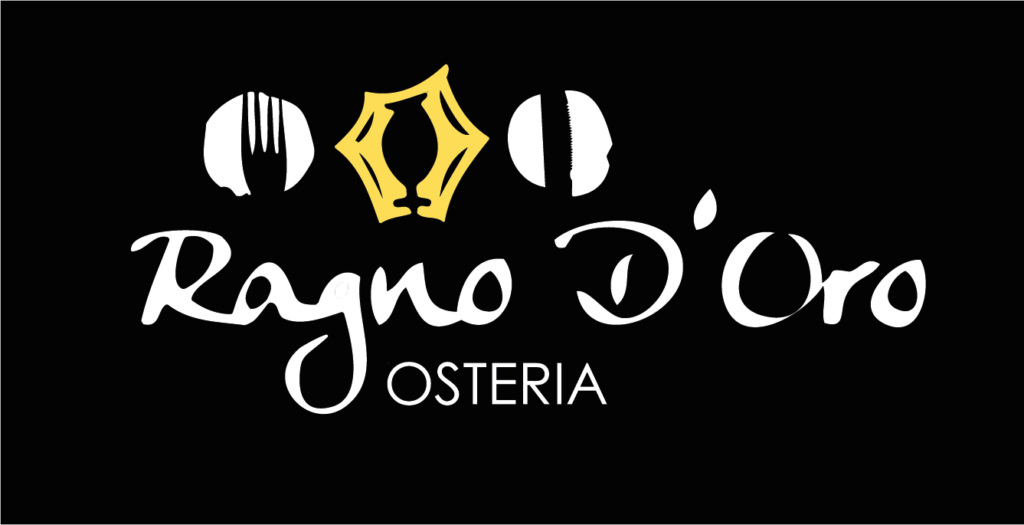Easter desserts in Rome and Lazio

The joyful Easter season is approaching and along with it, tables are filled with delicacies. In this article we will take a look at the Easter sweets in Rome and Lazio, which have always added flavour and colour to this important holiday, making it even more magical and characteristic. Sweet Roman pizza Also better known as pizza cresciuta, this is not a real pizza, but a tall, fluffy cake, the preparation of which takes at least two days and a lot of patience. Also present in its salty version, in this section we will focus on describing the sweet version, with its special cinnamon flavour and the presence of candied citrus fruits. Each family, however, has its own special trick up its sleeve in the preparation of this typical Latium dish, in fact in some of its versions we can find anise seeds, nutmeg and/or liqueurs such as alchermes or maraschino. In all its variations, however, it remains a much-loved and essential dessert during this festive season. Pizza sbattuta We now proceed to the second sweet pizza typical of the Roman area, but again this is not a real pizza. Pizza sbattuta takes its name from its preparation, in fact it is a very soft and light cake without the use of yeast, perfect to be combined with sweet creams or chocolate Easter eggs. To give it its shape, it is necessary to beat the eggs and sugar together for a long time, at least an hour, in order to obtain a foamy and light mixture to which a bit of lemon peel and icing sugar is usually added to finish it off nicely. Easter Tortano It is a variant of the Easter cake from the lower Lazio region, decorated on the outside with an egg white and sugar-based icing called “naspro”, decorated according to personal preferences with coloured sprinkles and sugared candies. Tortano is a cake that has been left to rise for hours and, except for the icing, it is not very sweet. In fact, the characteristic flavour is given by the presence of anise seeds in the mixture and the use of liqueur. It is also available in its variant with a typical ring-shaped cake called tortero di Lenola, to which the outer sprinkles are usually not added. Pasqualina cake Whereas towards Anagni we find the pasqualina cake, which looks similar to a filled tart: this typical dessert from Ciociaria has a fragrant outer crust and a soft filling of ricotta, rum and alchermes. In conclusion, when Easter approaches, Lazio is overwhelmed by the flavours and aromas of these delicious sweets, an integral part of tradition. In fact, those we have listed in this article are only some of the most popular, but we invite you to explore this region rich in history and culture to discover other variants, similar in ingredients but different in shape and history.
Carnival in the Roman tradition

We are now in the most cheerful time of the year with costumes, festoons and confetti populating the squares and filling them with colour, while mouth-watering dishes fill the tables of Italians. In this article we will talk about Carnival in the Roman culinary tradition, so get ready for plenty of sweets with frappe, castagnole and ravioli! Frappe Fried or baked, frappes are crispy golden strips covered with powdered sugar. You can find them either plain or flavoured with vanilla or various liquors and covered in chocolate for the sweet-toothed. Today, they are considered the descendants of the ancient Roman frictilia, typical sweets fried in pork grease, which were distributed in the streets on the occasion of Saturnalia, when people celebrated gluttony and the abundance of the earth. Castagnole Also available in both a fried version and a lighter oven-baked variant, castagnole are the ultimate sweet when it comes to Roman Carnival. Their shape is reminiscent of chestnuts, from which they take their name, but they are balls of baked dough covered in granulated sugar. There are ones for all tastes, in fact you can enjoy them plain or filled with cream, ricotta or chocolate. Ravioli Last, but not least in terms of goodness, we find ravioli. Similar in shape to the famous pasta, but don’t be fooled: these are real desserts! Fried or baked, their strength is their filling, which in the most traditional versions includes chocolate, ricotta or even cinnamon, although today there are many variations, such as cream-flavoured or fruit jams. Now that we have told you about these delicacies, don’t waste any time and hurry up and taste them while they are available! For a dive into traditional Roman cuisine, we are waiting for you every day at Ragno D’Oro in Via Silla 26, 00192 Rome. Call us on 06 321 2362 to reserve a table or use the form on our website.
